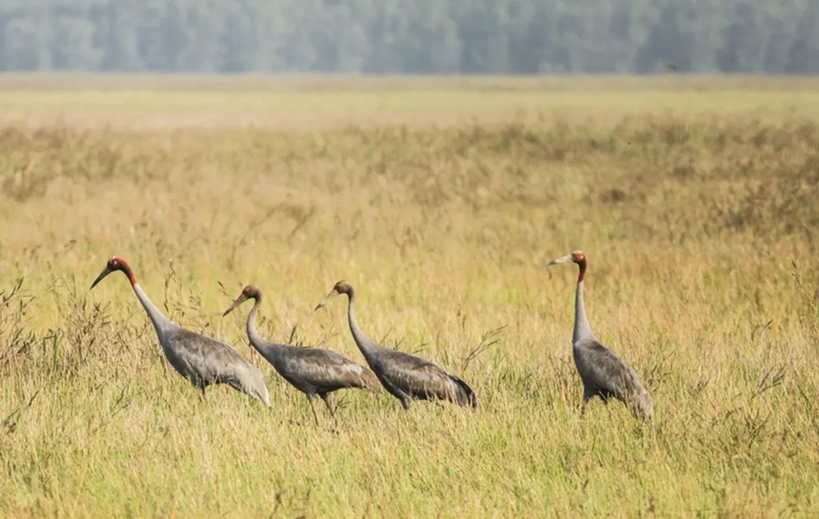 |
| Red-crowned cranes listed in the World Red Book appeared in Tram Chim National Park. Photo: VNA |
Create "good soil" for cranes to return
The red-crowned crane is a rare species, listed in the World Red Book and is in a state of emergency in need of protection. The red-crowned crane is also a symbol of Tram Chim National Park in particular and of Dong Thap province in general.
Director of Tram Chim National Park Nguyen Van Lam said that Tram Chim National Park is adjacent to 4 communes, including Tram Chim, Phu Tho , Tam Nong and An Hoa, with a total area of over 7,300 hectares, and is a remaining wetland with typical characteristics of the ancient Dong Thap Muoi ecosystem. This is an area of special importance in terms of biodiversity, where hundreds of rare species of plants, waterfowl and aquatic creatures are preserved.
In 2012, Tram Chim was internationally recognized as the 4th Ramsar site in Vietnam and the 2,000th Ramsar site in the world. Thereby, affirming the position and role of Tram Chim in the network of wetlands with global value in ecology and nature conservation. The ecosystem at Tram Chim includes seasonally flooded grasslands, native plants such as cajuput, wild rice, cajuput forests..., creating a particularly suitable habitat for waterfowl to live and forage.
Previously, Tram Chim National Park was home to a large population of red-crowned cranes, with a recorded number of more than 1,000 birds per year. However, due to many reasons, the number of cranes returning to Tram Chim has seriously decreased over time. In recent years, the number of cranes returning is almost zero, for example, in 2020, 2022 and 2023, no cranes were recorded returning to Tram Chim National Park. Therefore, the People's Committee of Dong Thap province has approved, announced and is implementing the Project "Conservation and development of red-crowned cranes in Tram Chim National Park in the period of 2022 - 2032".
To realize the dream of "Bringing the cranes back", Tram Chim National Park focuses on improving and restoring the ecosystem and habitat of cranes. The park has implemented many synchronous solutions such as: regulating hydrology appropriately, eliminating competing plants; tilling the soil to create favorable conditions for the germination, photosynthesis and development of tubers (the favorite food of red-crowned cranes). The restoration of the bamboo not only helps improve the food source for red-crowned cranes but also contributes to maintaining the natural ecosystem of Tram Chim. The vast bamboo fields are gradually reviving, creating a natural landscape typical of the Dong Thap Muoi region.
The populations of Indian orchids, wild rice and other typical wetland plants have also recovered and developed better thanks to reasonable hydrological regulation. Tram Chim National Park also cooperates with localities in the buffer zone of the Park to invest in infrastructure and equipment for ecological rice production areas; propagate and mobilize people to participate in the ecological rice production model combined with the conservation and development of red-crowned cranes in Tram Chim National Park.
Mr. Nguyen Van Man in Tam Nong commune said that with the propaganda and mobilization of the local government and realizing the benefits, he switched to growing ecological rice. Previously, he sowed 20 kg of rice seeds per hectare and burned the straw after harvest. Now, the amount of rice seeds has been reduced to 10 kg per hectare, using biological products and the method of plowing to treat the straw. He still grows rice 3 crops per year but promotes the application of science and technology, reduces fertilizers and chemical pesticides and increases organic fertilizers.
Tram Chim National Park is restoring the ecosystem and habitat of red-crowned cranes, especially the development of wild rice and yam. One of the most positive signs after a period of implementing the Project is that in 2024, Tram Chim National Park will see the reappearance of some red-crowned cranes in subdivision A5. This is a welcome sign that the habitat of this bird species is gradually being restored. Not only red-crowned cranes, many other rare wild birds have also returned to Tram Chim National Park.
Will breed and release 100 cranes into the wild
According to Mr. Cao Thai Phong, Deputy Director of Tram Chim National Park, the restoration and development of the red-crowned crane population in Tram Chim is through breeding and re-releasing them into the natural environment. The project aims to breed and release 100 cranes into the wild within 10 years (2022 - 2032), of which at least 50 will survive in the wild. Thereby, forming a crane population in Tram Chim that is capable of self-reproduction, self-finding and stable existence, living year-round in the Park. In other words, the ultimate goal is to successfully re-establish a long-term resident population of red-crowned cranes in Dong Thap Muoi, contributing to saving this bird species from extinction in Vietnam.
After 2 years of implementation, the Project has achieved encouraging initial results in terms of key contents. Phase 1 infrastructure serving the Project has been completed, including items: Cages for raising young cranes, cages for pairs, cages for adult cranes (semi-wild), veterinary care room and food storage, technical room for crane monitoring... In April 2025, Tram Chim National Park received the first 6 red-crowned cranes brought back from Thailand, under the Project "Conservation and development of red-crowned cranes in Tram Chim National Park, period 2022 - 2032".
Tram Chim National Park has established a Red-crowned Crane Management and Care Team; issued regulations for entering and leaving the red-crowned crane cage. Every week, the Care Team is responsible for designing the food rations for the cranes, in addition to the pellet rations, the accompanying natural foods include: small fish, crickets, baby frogs, rice worms and water chestnuts available in the wild. Initially, the cranes have basically adapted to the conservation environment of Tram Chim National Park.
In addition to the achieved results, the implementation of the Red-crowned Crane Conservation and Development Project has encountered some difficulties such as: There is still a situation of people illegally entering the Park to exploit resources and graze livestock; mobilizing socialized capital to serve the Project is still limited, not mobilizing enough capital according to the annual plan. Training and attracting experts to work at Tram Chim is also difficult due to limited remuneration...
In the coming time, the province will focus on strengthening the Project Management Board and professional groups; completing plans to transport red-crowned cranes to Tram Chim in the second phase in 2026; receiving cranes and initiating the re-release of cranes into the wild. Along with that, Tram Chim National Park will continue to send more technical staff to Thailand for training on techniques of egg incubation, raising baby cranes, breeding pairs and monitoring cranes after release; inviting international experts to continue to Tram Chim to provide on-site training for the entire team so that in the long term, they can fully master the process of caring for, breeding and protecting the crane flock in the wild.
With the determination of the locality, the cooperation of the community and the support of international experts, the Project for Conservation and Development of Red-crowned Cranes in Tram Chim National Park is expected to achieve the goal of bringing this rare bird species to Dong Thap Muoi. The success of the Project is not only significant for the environment and biodiversity, but also contributes to building the image of Dong Thap as a unique eco-tourism destination, bringing economic benefits and pride to local people.
According to VNA
Source: https://baoapbac.vn/xa-hoi/202507/tao-dat-lanh-de-dua-dan-seu-dau-do-tro-ve-1047142/



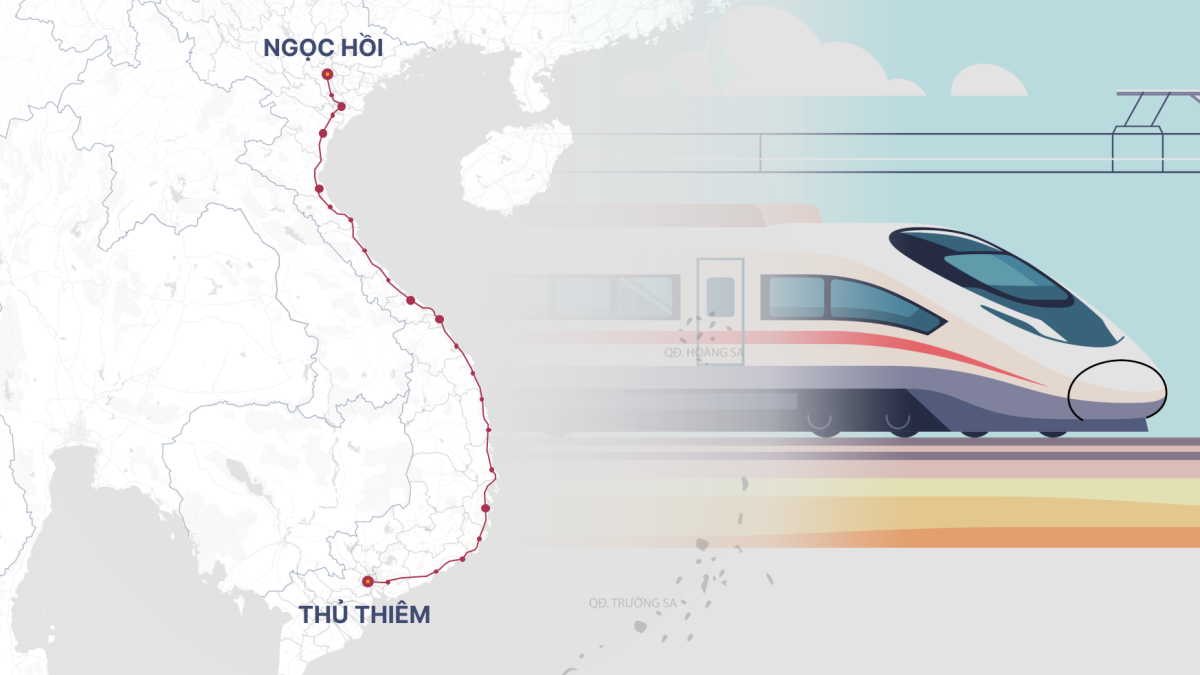

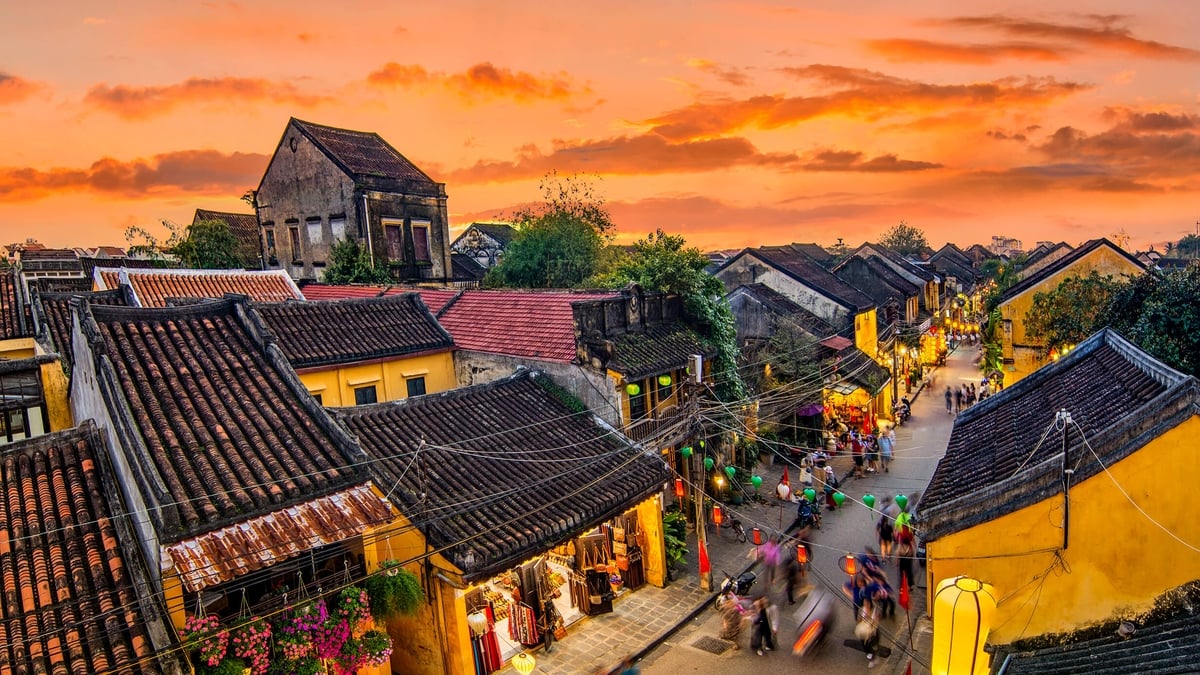

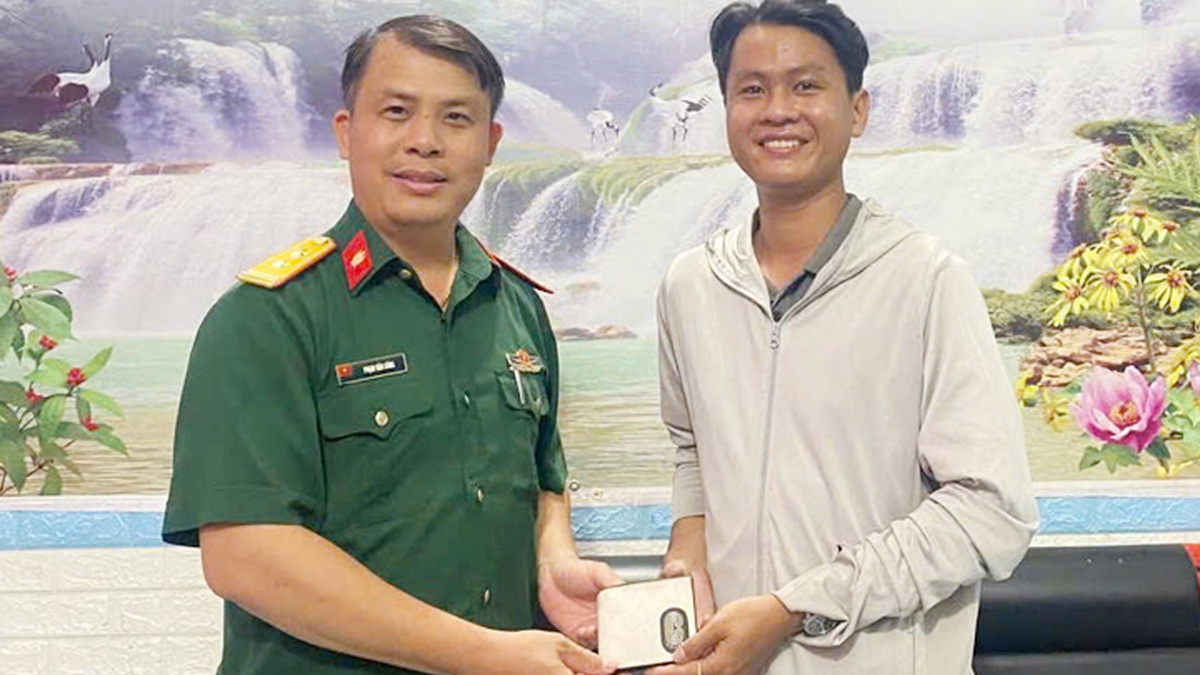

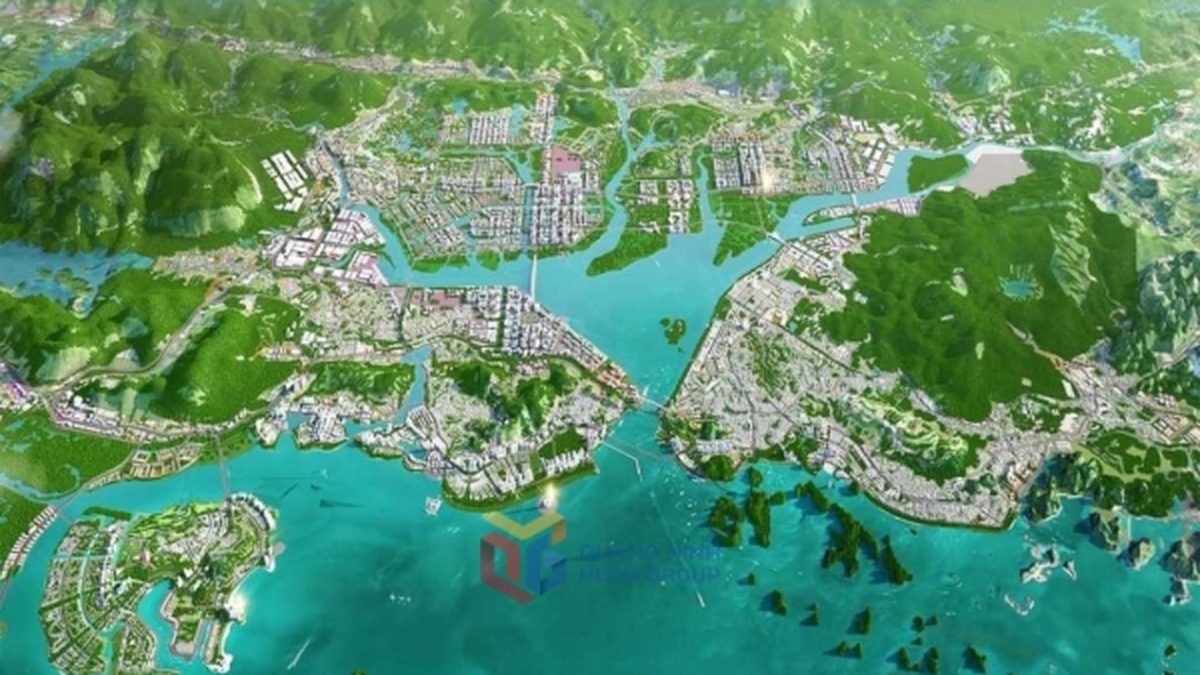
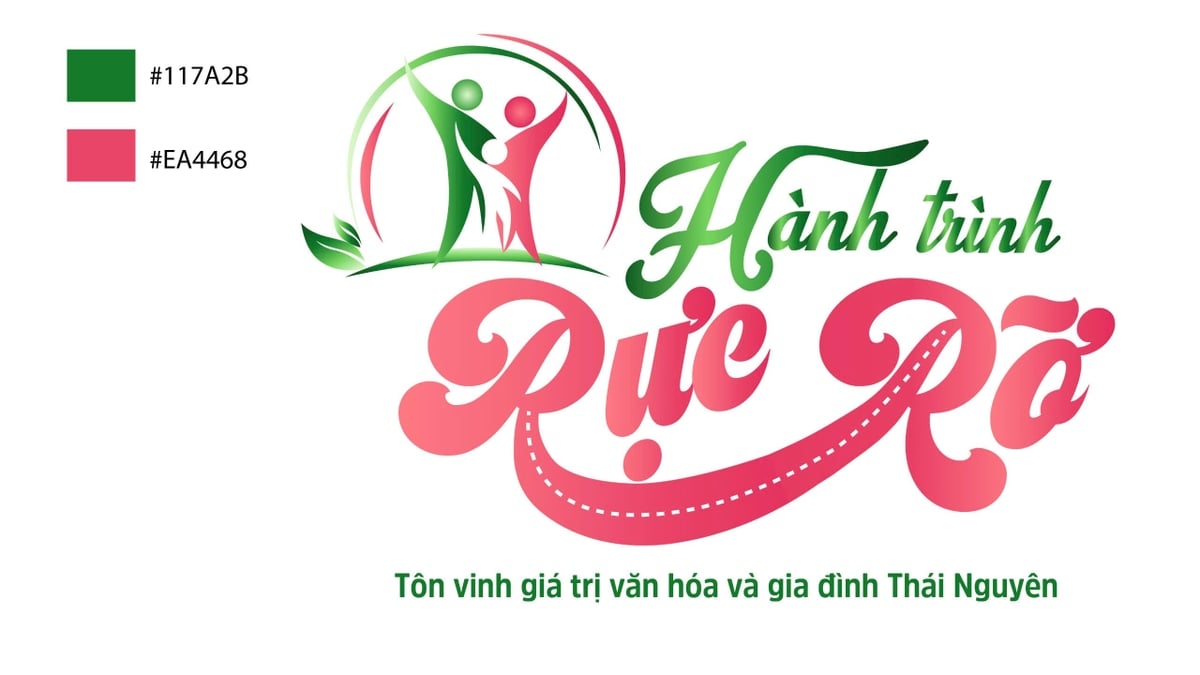
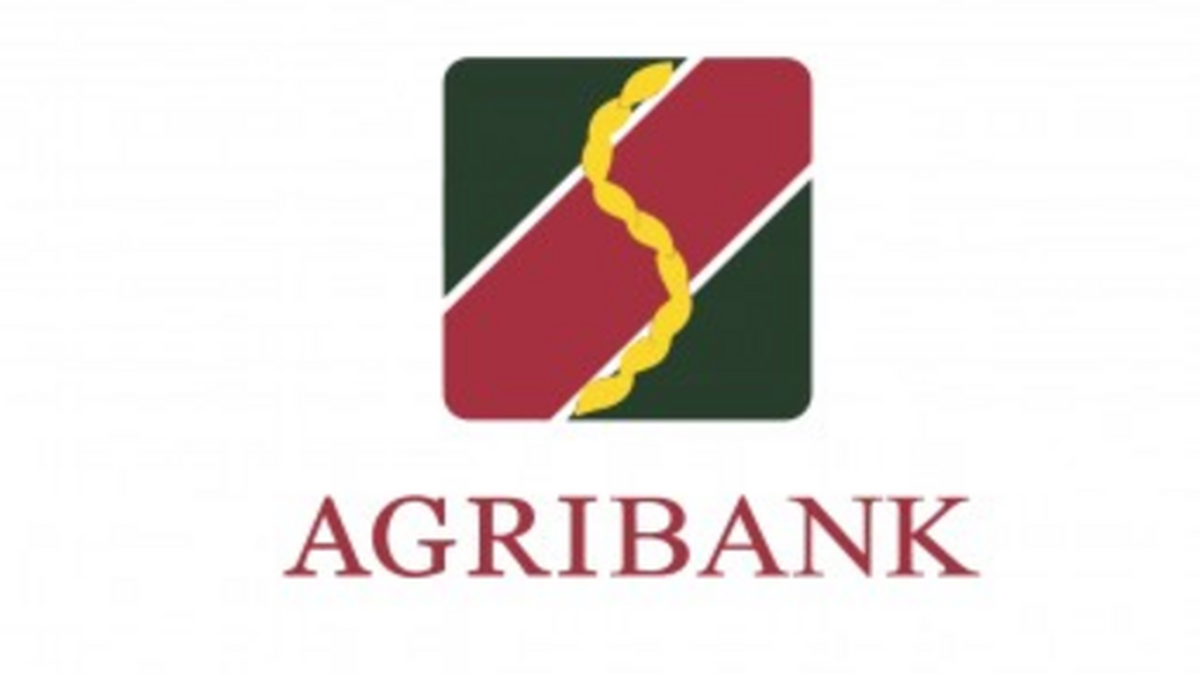






















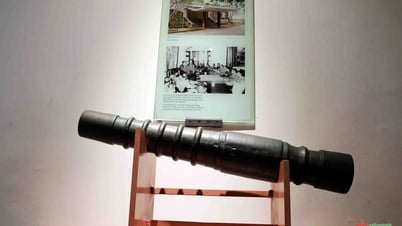

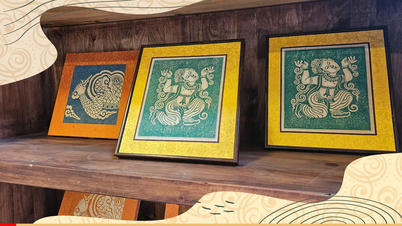

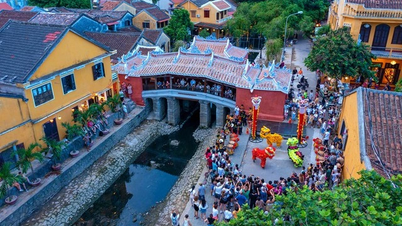

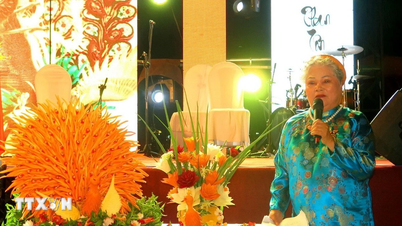






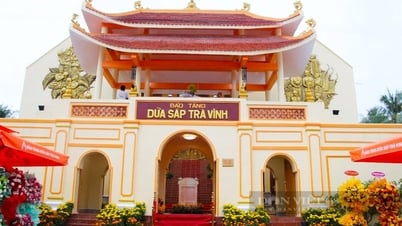





















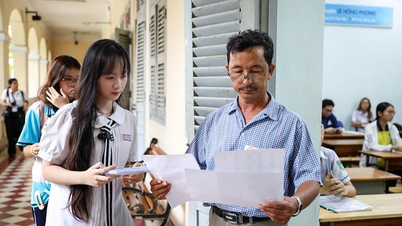
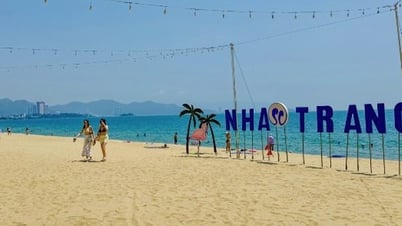


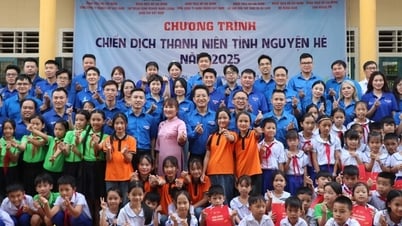



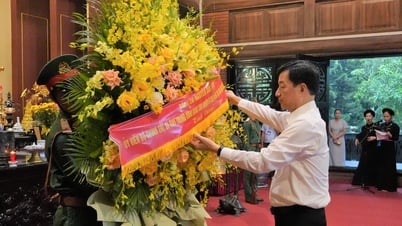




















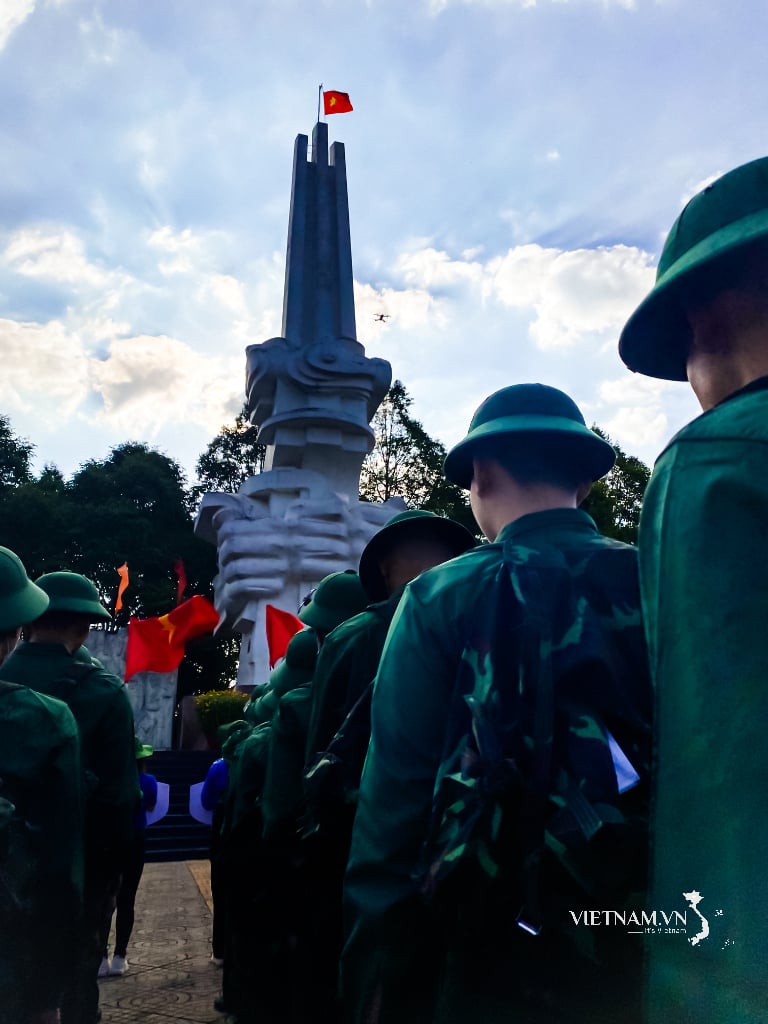
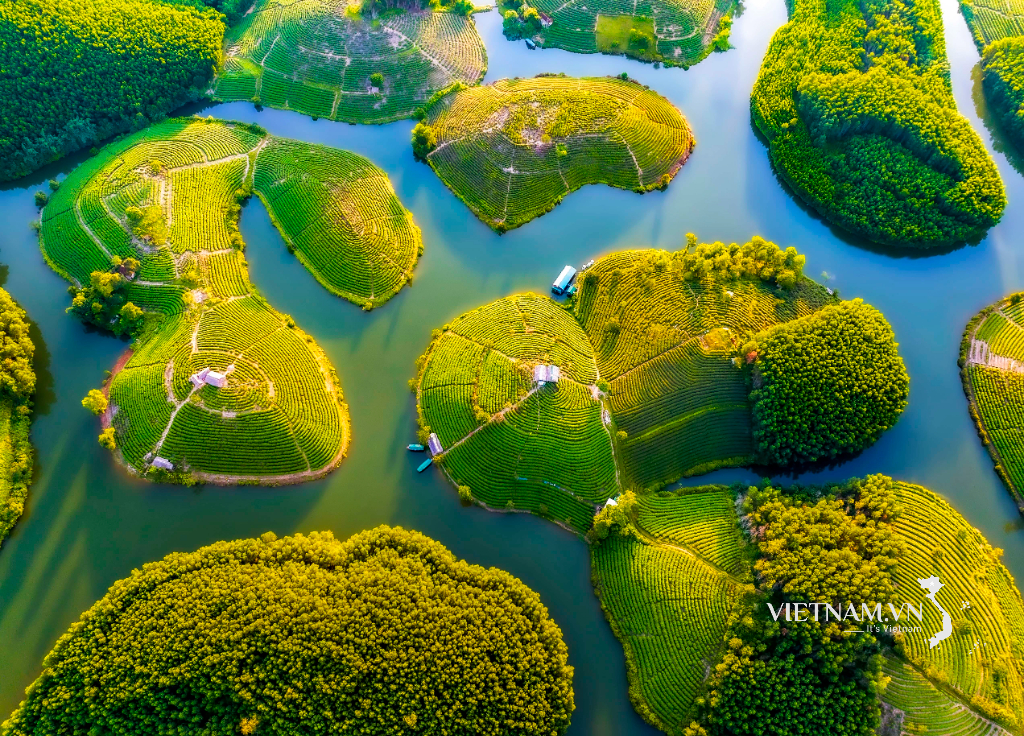


Comment (0)